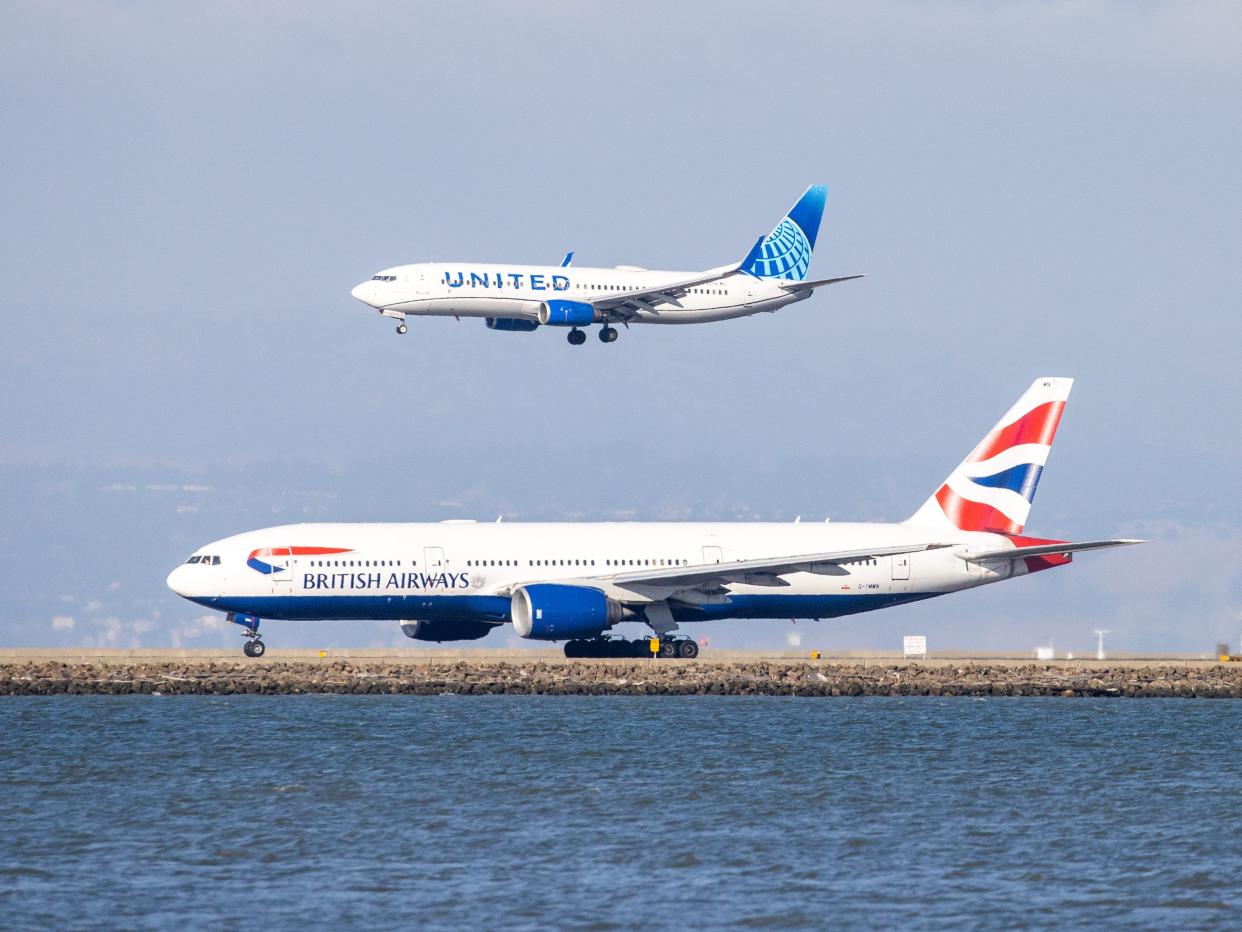Airlines sometimes turn their planes around and fly thousands of miles home when they have problems. Here's why.

Airlines take into account safety and cost when deciding how to divert flights.
British Airways typically sends flights back to London when possible, making repairs and rerouting easier.
American Airlines has an automated tool called HEAT that helps it make calls on where to divert.
Plane diversions can be a nuisance for passengers and costly for airlines, especially if they end up back where they started in a so-called flight to nowhere.
On Monday, a British Airways flight destined for Houston made it across the Atlantic Ocean before turning back over the coast of Newfoundland, resulting in a nine-hour flight to nowhere.
An airline spokesperson said the diversion was "a precaution due to a minor technical issue."
The Boeing 787 returned to London Heathrow, where BA has maintenance facilities. In fact, returning to London is a relatively common practice in such situations for the UK flag carrier: it would be cheaper and easier to rearrange replacement flights for customers as well as repair any issues.
For European carriers, a flight to nowhere is likely preferable to the situation involving an Air France jet last month. A burning smell in the cabin prompted an emergency landing in Canada's far north — causing a different flight to be canceled so that plane could rescue the passengers. It took them to New York, where they again had to be re-routed to Seattle, the intended destination.
Diversions usually occur due to safety issues.
Last month, a United Airlines flight from Switzerland to Chicago turned around over the Atlantic before landing in Ireland, after a passenger's laptop got stuck in their seat.
This posed a safety risk due to the potential for a lithium battery fire. Travelers are told to pack electronic devices in their carry-on instead of in the hold so that the crew can notice if it catches fire. If a fire happened over the ocean, there would be nowhere convenient to land.
The laptop was removed and the plane took off the following day. The delay in the second flight — more than 24 hours later — was due to the flight crew reaching their maximum time on the clock.
Pilots also typically land at the nearest airport in cases of medical issues and unruly passengers, due to the urgency required.
However, when it comes to bad weather, it isn't always a clear decision between returning to the original aiport or landing at an alternative airport. Such confusion was seen during a storm in January when a Ryanair flight between Ireland and Scotland landed 540 miles away in Germany.
Some carriers have their own automated software that helps in these situations. In 2023, American Airlines launched its tool, the "Hub Efficiency Analytics Tool," or HEAT, to help dispatchers, coordinators, and other employees make decisions.
It considers when a crew member exceeds their regulated duty period, which flights have the greatest number of connecting passengers, and how many top-tier loyalty customers are flying.
In short, decisions about diversions are made on a case-by-case basis. From bad weather to technical issues, the cost of rerouting passengers is often at the forefront except in an emergency.
Read the original article on Business Insider

 Yahoo News
Yahoo News 
